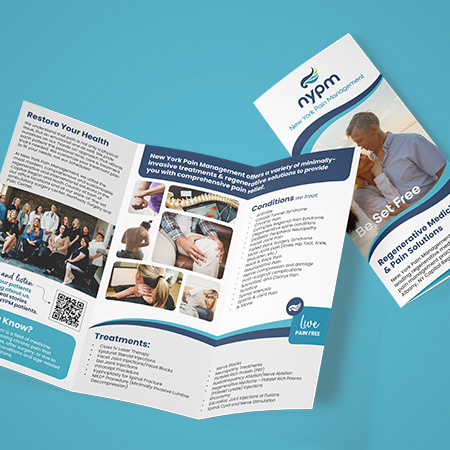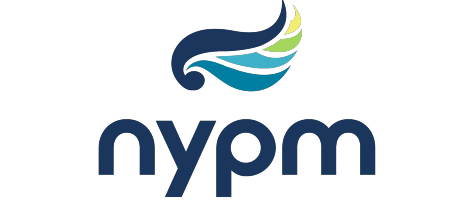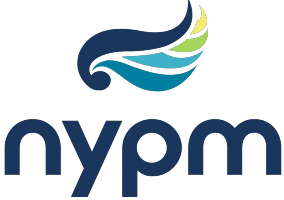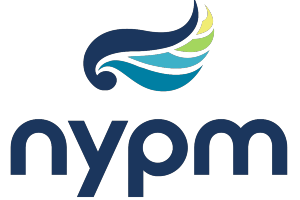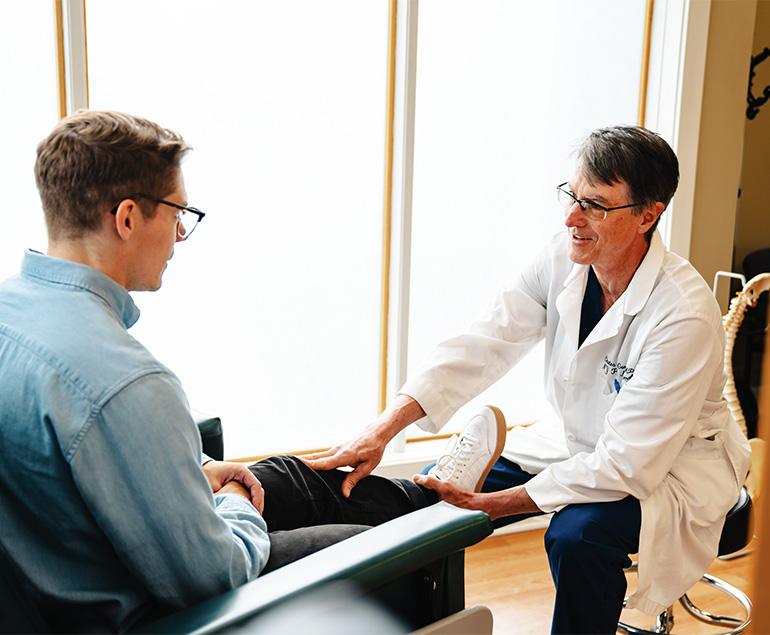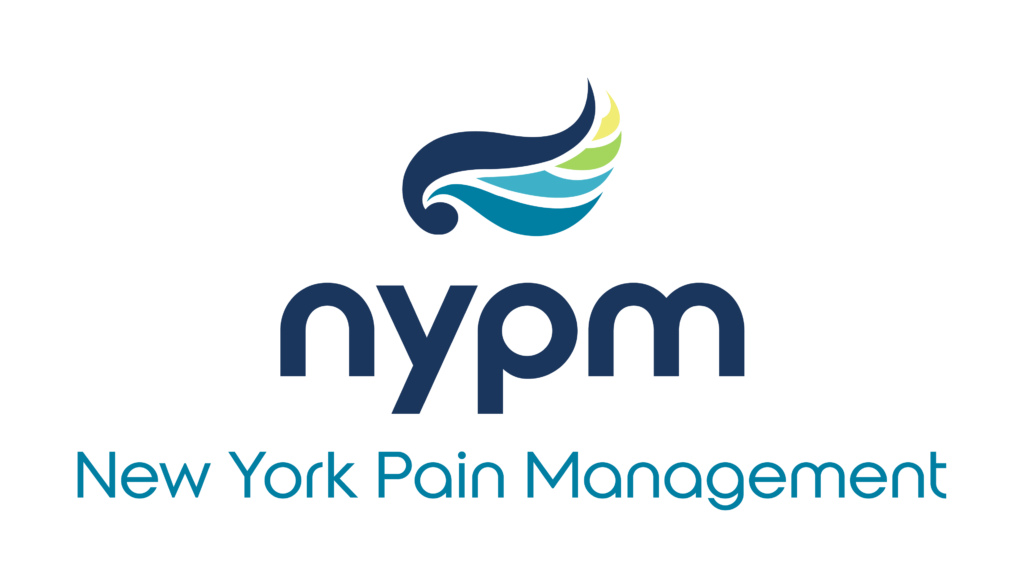Neck & Back Pain
Pain is a complicated, often debilitating medical problem that can have a major impact on your physical and mental well-being. Spine-related pain is very common, with low back pain affecting up to 80% of the population.
- The neck is made up of 7 cervical vertebrae extending from just below the base of your skull down to the top of the first thoracic vertebrae.
- The mid and upper back (thoracic) extends from just below the 7th cervical vertebra (the first bigger bump on the spine), down to the bottom of the 12th thoracic vertebra, which lines up with the tenth rib.
- The low back or lumbar spine starts below the 12th thoracic vertebra to the top of the sacrum, which is mid-way down between the two halves of the pelvis.
- Sacroiliac and coccyx pain mainly takes the form of SI joint pain. The coccyx bone is your tailbone- last bone of the spine which attaches down at the bottom of the sacrum.
The physicians at New York Pain Management offer a comprehensive range of services for patients suffering from acute or chronic pain.
For more information on the services and treatments NYPM provides, please click on applicable topic below:
Class IV Laser Treatment is an advanced laser technology that works to eliminate pain and reduce inflammation in the body in a safe, painless, and non-invasive way. This therapy utilizes dual wavelengths of infrared light to penetrate deep into the tissue and stimulate regeneration at the cellular level.
The Class IV Laser Treatment aids in the quick recovery of sprains & strains, improving the structure and function of an injured region; swollen areas and surface injuries, such as wounds and ulcers. There are no known side-effects from treatment and the benefits of treatment include: rapidly reduced pain, strong anti-inflammatory, and improved blood circulation.
NYPM is proud to be on the medical technological forefront by offering Class IV Laser Treatment. We have invested in the very best technology as a key component of our continuing quest to offer you the finest in health care. Learn more about the benefits of Class IV Laser Treatment – click here.
Herniated disk symptoms vary depending on where the problem is in your spine. Symptoms worsen with movement and get better with rest. It’s common for a herniated disk in the lower back to cause “sciatic nerve” pain. This sharp pain usually shoots down one side of your buttocks into your leg and sometimes the foot.
Contact NYPM to learn more about Herniated Disc Treatments
A lumbar epidural steroid injection delivers steroid medication directly to spinal nerve roots in order to reduce leg pain (also known as sciatica) and lower back pain. This pain can be caused by spinal conditions like a herniated disc or spinal stenosis, which pressures nerve roots leading out of the spine.
- Cervical epidural steroid injections relieve neck pain, shoulder pain, and arm pain caused by pinched or irritated nerves in the cervical spine treating herniated discs, spinal stenosis, and radiculopathy.
Contact NYPM to learn more about how epidural steroid injections work to reduce pain.
Facet joints are small joints at each segment of the spine that provide stability and help guide motion. Facet joints can become painful due to arthritis, back injury, or mechanical stress.
- Medial Branch Blocks: Medial branch nerves are small nerves that feed out from the facet joints in the spine and carry pain signals from those joints. A medial branch nerve block briefly interrupts the pain signal being carried from a specific facet joint. If pain is improved, we can perform a rhizotomy which lesions the nerve improving pain for up to a year.
- Facet joint injection delivers a steroid medication, which blocks the pain.
Contact NYPM to learn more about these procedures and other treatments.
Is Kyphoplasty Right for Me?
A kyphoplasty only works if your fracture hasn’t already healed in place, which is why it’s important to see your doctor at New York Pain Management at the first signs that something is amiss. These signs include:
- Pain
- Increased hunching
- Loss of height
Kyphoplasty might be recommended for cancer-damaged vertebrae or certain spinal fractures. In most cases, a weakening of the bones (osteoporosis) has caused the vertebrae to compress or collapse, causing pain or a hunched posture.
With a kyphoplasty, most patients see great results if it’s within two weeks of the fracture, but height-restoring and pain-relieving results are still possible up to eight weeks out. After your evaluation at New York Pain Management, your doctor gives you a better idea of what you can expect.
Contact NYPM to learn more about this procedure.
mild® is a short, outpatient treatment for lumbar spinal stenosis (LSS) that restores space in the spinal canal to help improve back and leg pain.* Using specialized tools and imaging, mild® addresses a major root cause of LSS by removing thickened ligament through an incision smaller than the size of baby aspirin, leaving no implants behind, only a Band-Aid.
The minimally invasive mild® Procedure has a safety profile similar to epidural steroid injections but with lasting results, and patients typically return to normal activity within 24 hours with no restrictions.* mild® is covered nationwide by Medicare (all ages, all plan types, including Medicare Advantage) the VA, U.S. Military & IHS. Commercial coverage varies.
Contact NYPM to learn more about the mild® Procedure.
This is a procedure using tiny incisions and scopes to remove pressure on pinch nerves from stenosis or some types of disc herniations. It does not involve hospitalization and patients go home shortly after the procedure with little more than a large band aid.
Spinal Cord Stimulators: In general, neurostimulation works by applying an electrical current to the source of chronic pain. This creates a pleasant sensation that blocks the brain’s ability to sense the previously perceived pain.
Contact NYPM to learn more about this procedure.
SI joint injections are used to diagnose and treat pain and inflammation from sacroiliac joint dysfunction. These injections involve minimal pain and can provide 6-12 months of pain relief. If the injections provide only short-term relief, SI joint fusion may be needed for long term relief of pain. At NY Pain Management we use a minimally invasive approach with sedation at our surgery center with a 45 minute to one hour recovery.
Contact NYPM to learn more about this procedure.
Sciatica is a term for pain along the sciatic nerve caused by a problem in the lower back. Disc problems, such as herniated discs and degenerative disc disease or stenosis, can compress or irritate nerve roots in the lower back, and are common causes of sciatica. Pain, numbness, tingling, or weakness down the back of the leg and into the calf and feet are common symptoms of sciatica.
Contact NYPM to discuss treatments for Sciatica.
Spinal stenosis happens when the space inside the backbone is too small. This can put pressure on the spinal cord and nerves that travel through the spine. Spinal stenosis occurs most often in the lower back and the neck. Patients may experience pain, tingling, numbness and muscle weakness. Symptoms can get worse over time.
Contact NYPM to discuss treatment options for Spinal Stenosis.
Superion™ Indirect Decompression System. The Vertiflex Procedure is redefining the treatment of Lumbar Spinal Stenosis for patients. It provides patients with a clinically proven, minimally invasive solution that is designed to deliver long-term relief from the leg and back pain associated with LSS. This Level 1 evidence-based procedure is supported by data from patients who reported successful outcomes for up to five years.
Contact NYPM to learn more about the Vertiflex™ Procedure.
